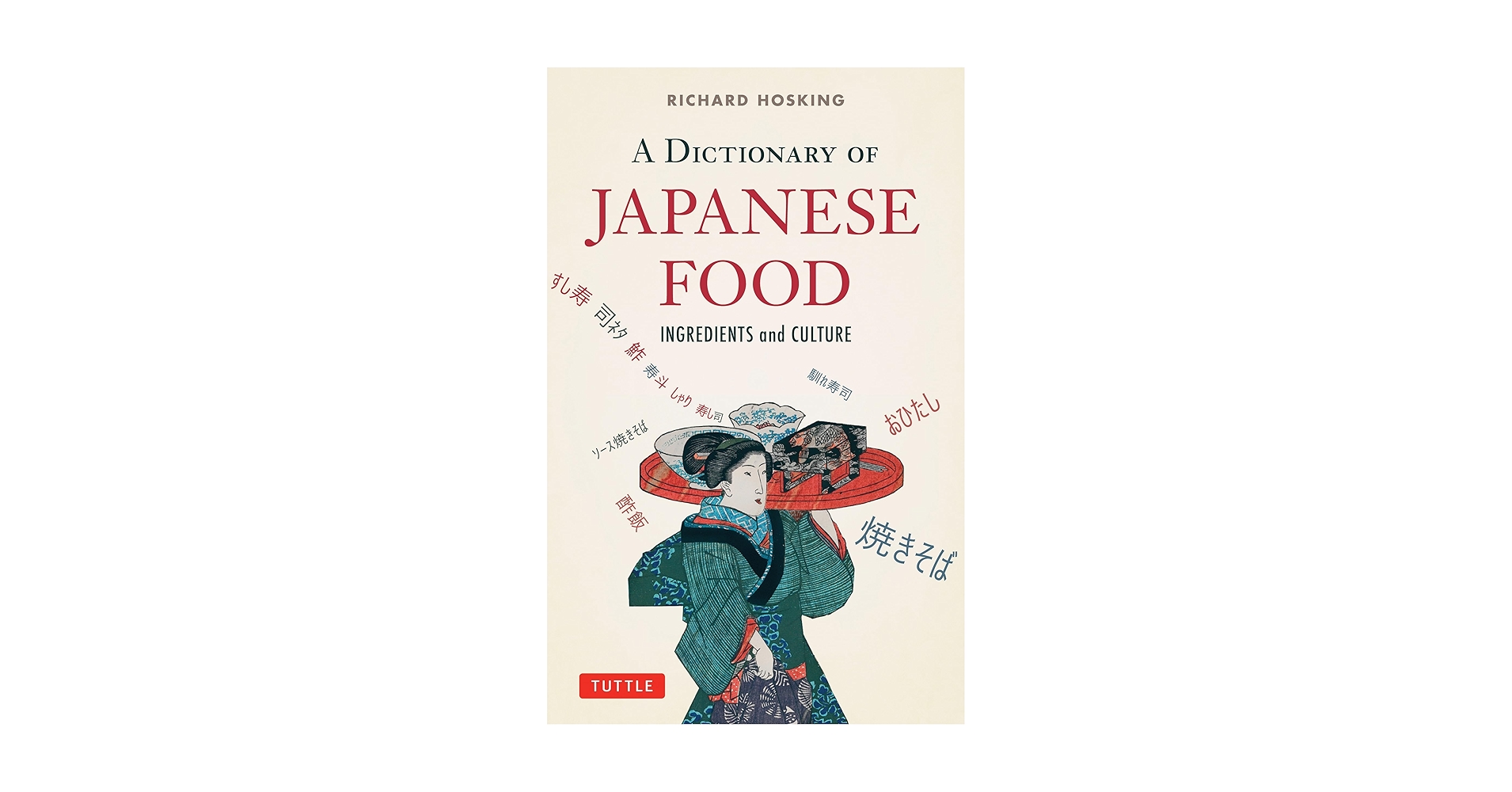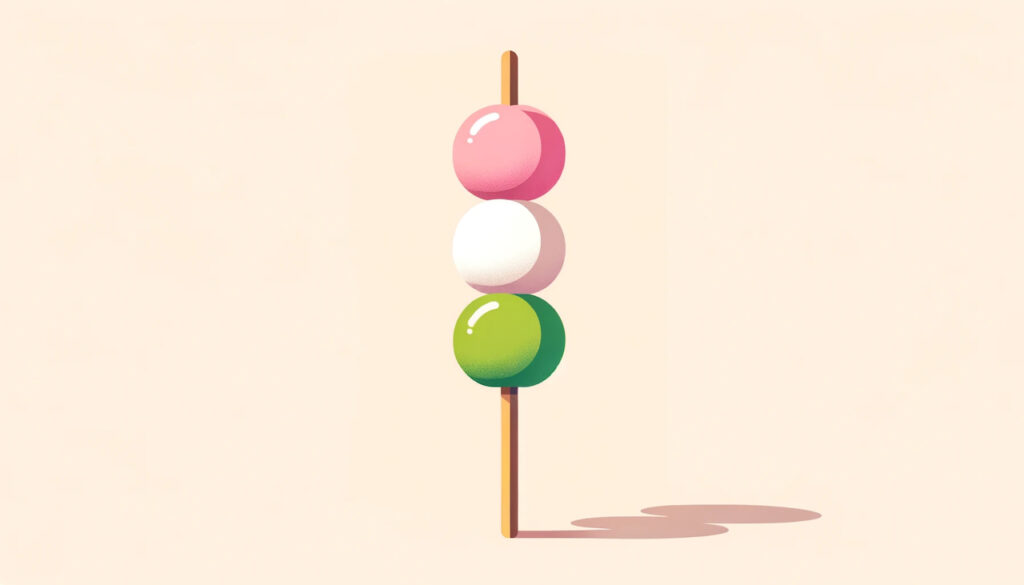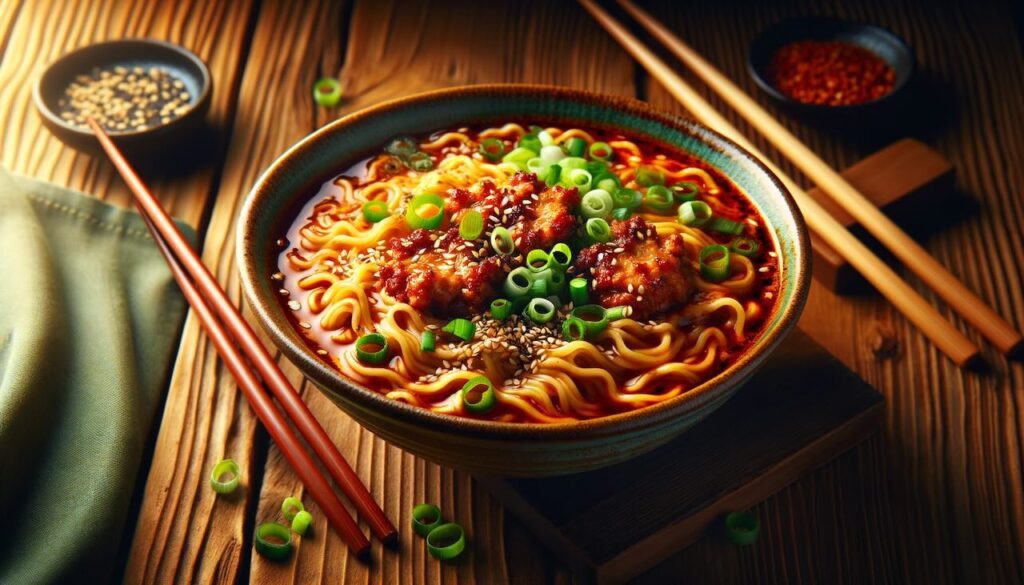Kibi dango may look like a simple Japanese sweet, but behind its soft, chewy texture lies a story that weaves together history, tradition, and folklore. While it’s enjoyed all across Japan, this humble confection holds special meaning in Okayama Prefecture, where it has long been considered a symbol of local pride—and even heroic legend.
What Is Kibi Dango?
Kibi dango (きび団子) is a traditional Japanese sweet made from millet flour—“kibi” in Japanese—blended with water, shaped into small dumplings, and then steamed or grilled.
Depending on the recipe, it may be lightly sweetened with sugar or mirin. Its appeal lies in its rustic flavor and satisfying texture.
Over the years, many versions have emerged, including:
- Filled with red bean paste
- Coated in kinako (roasted soybean flour)
- Packaged as souvenirs for festivals and travelers
Kibi dango is more than just tasty—it’s also a good source of carbohydrates, making it a nourishing and energy-boosting snack with deep roots in Japanese food culture.
Where Did Kibi Dango Come From?
The origins of kibi dango trace back to Kibitsu Shrine in Okayama City’s Kita Ward—once the spiritual center of the ancient Kibi Province.
Visitors to the shrine were offered millet dumplings as sacred food, and over time, these evolved into a regional specialty.
By the Edo period (1603–1868), kibi dango was already mentioned in travel records.
In the late Edo period, the recipe was refined, bringing us closer to the version we know and love today.
The Momotaro Connection: From Folktale to Famous Treat
Perhaps the most fascinating part of kibi dango’s story is its link to Momotaro, Japan’s beloved “Peach Boy” folk hero.
Although this connection isn’t ancient, it became widely recognized during the Meiji era (1868–1912), when creative marketing helped tie the sweet to the Momotaro legend:
- Vendors dressed as Momotaro and ogres promoted kibi dango as a lucky charm after the First Sino-Japanese War
- Okayama embraced the connection, promoting the idea that Kibitsuhiko-no-Mikoto, a deity enshrined at Kibitsu Shrine, was the inspiration for Momotaro
While there’s no historical proof that Momotaro originated in Okayama, the story and the sweet became inseparable in the public imagination.
By the time of the Russo-Japanese War, kibi dango was nationally famous as a symbol of courage and good fortune.
Kibi Dango Today: A Taste of Heritage
These days, people in Okayama don’t eat kibi dango every day—but it’s a go-to souvenir, especially during hanami (cherry blossom viewing) and festive holidays.
Across Japan, kibi dango is appreciated not just for its taste but for the story it carries—a tale of tradition, war-time resilience, and folklore. Whether you enjoy it for its soft, subtly sweet flavor or as a cultural treasure, kibi dango is a treat that connects the past to the present.
Conclusion
From ancient shrine offerings to folk legends and national recognition, kibi dango is more than just a snack—it’s a symbol of history, mythology, and regional pride.
Biting into one means tasting a piece of Japan’s cultural soul.
So the next time you visit Okayama—or stumble across kibi dango at a festival—remember the story behind this delightful dumpling. You might just feel a little closer to the heart of Japanese tradition.



